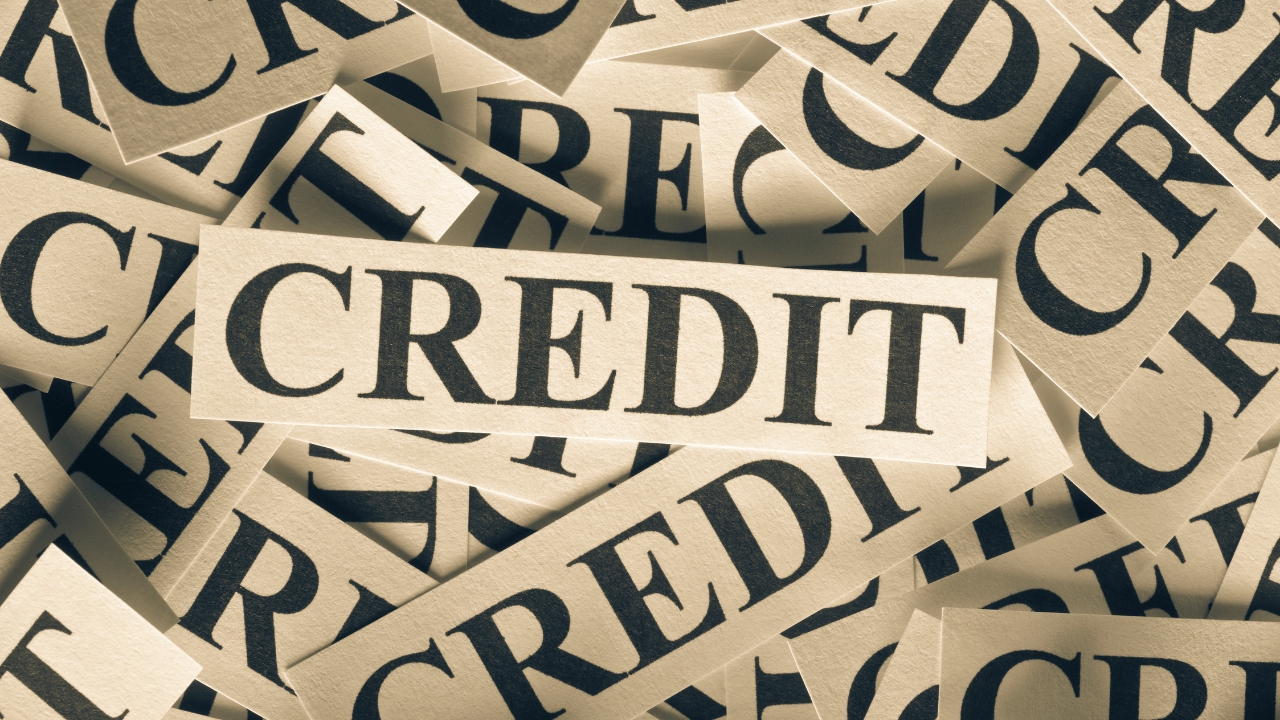Rebuilding Credit After Bankruptcy:
While bankruptcy can undoubtedly affect your creditworthiness, it doesn’t signify the end of your financial journey. In this informative blog, we will delve bankruptcy and offer you a comprehensive guide on rebuilding your credit after facing this financial challenge. Learn how to take constructive steps towards financial recovery and regain your financial stability.

Understanding Bankruptcy :
Gain insights into the different types of bankruptcy and their implications on your credit.
Review Your Credit Report :
Learn how to obtain and analyze your credit report to identify areas that need improvement.
Create a Budget :
We’ll discuss the importance of budgeting and how it can help you manage your finances more responsibly.
Establish an Emergency Fund :
Explore the benefits of having an emergency fund and how it can prevent future financial setbacks.
Secured Credit Cards :
Understand how secured credit cards can be a useful tool for rebuilding credit.
Timely Payments :
Learn the significance of making on-time payments and how it impacts your credit score.
Credit Counseling :
Explore the option of credit counseling to gain professional insights into managing your finances.
Patience and Persistence :
Discover why patience and persistence are key when working to rebuild your credit after bankruptcy.
Here are some additional resources and links for further information
Conclusion
Rebuilding credit after bankruptcy requires dedication and perseverance, but it’s a vital step towards financial recovery. By understanding the impact of bankruptcy, creating a budget, using secured credit cards responsibly, and exploring credit-builder loans, you can gradually rebuild your creditworthiness. It’s important to remain patient and consistent in your efforts, as rebuilding credit takes time. With responsible financial habits and a strategic approach, you can regain your financial stability and work towards a brighter financial future.


